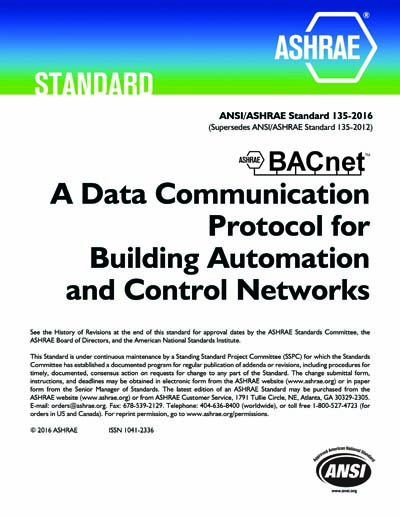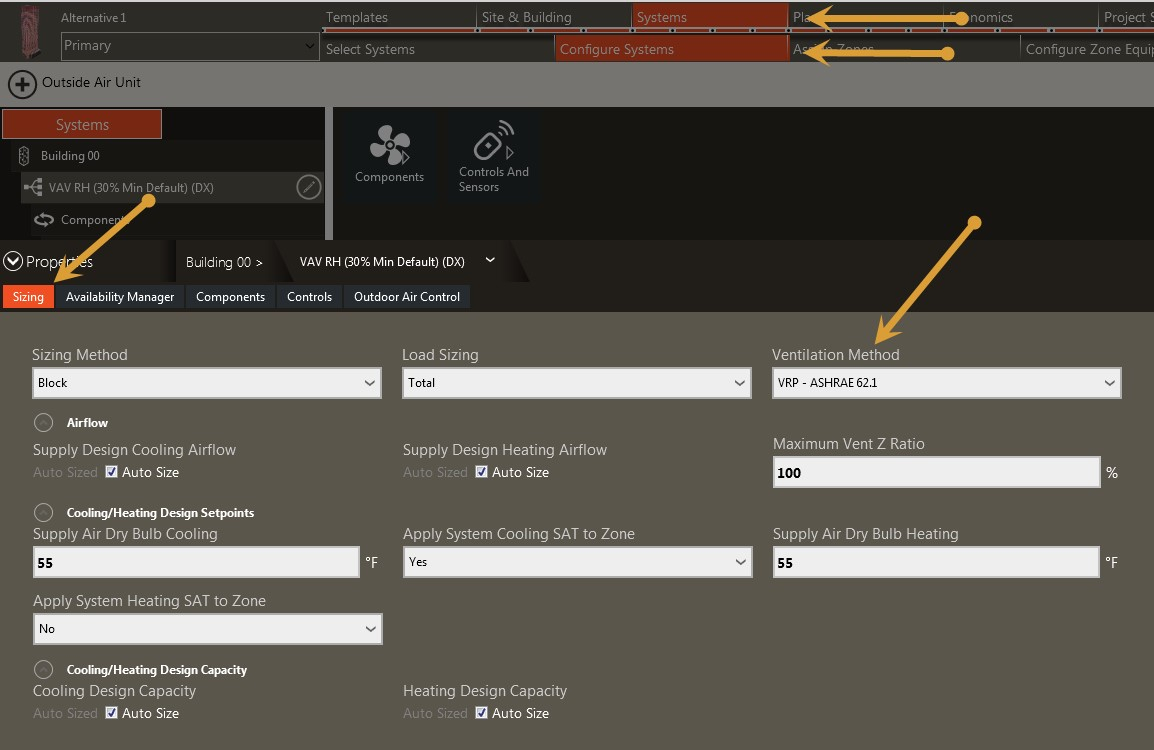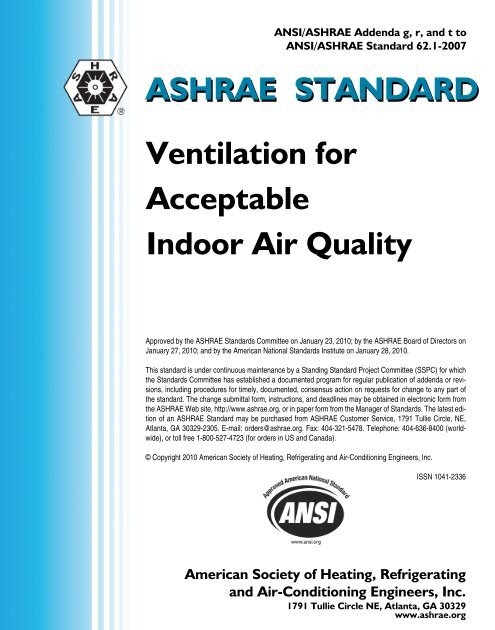

Through this, the term “sick building syndrome” was coined and is now synonymous with buildings in which building occupants experience health and comfort effects linked to spending time in a building. The next version, published in 1989, was influenced by a 1984 report from the World Health Organization (WHO) in which the WHO suggested that up to as much as 30% of buildings worldwide registered complaints related to IAQ. It also included provisions for cigarette smoking, recognizing that “higher ventilation rates are specified for spaces where smoking is permitted because tobacco smoke is one of the most difficult contaminants to control at the source.” Additionally, recirculation air was addressed as well as provisions for “air cleaners and adequate temperature control” for recirculation air. The second version was published in 1981 and reduced minimum outdoor-air rates, included a VRP, as well as introduced the IAQP.

For existing buildings, it is important to understand the iterations and evolution of the standard to identify how existing buildings might be ventilated based on which version was used at the time of construction or retrofit. The standard has had many revisions since it was first published, each with the intent of improving ventilation in buildings. The intent was to provide a comprehensive and defensible method for establishing ventilation rates. It provided prescriptive volumetric airflow rates per person and began looking at the concept of acceptable outdoor air quality.

The intent was to provide a comprehensive enforceable method of establishing ventilation rates centered around indoor air quality (IAQ). It was the first ventilation standard published by ASHRAE and provided a prescriptive approach to minimum and recommended outdoor airflow rates for various indoor spaces. For simplicity of a compliance analysis and because the VRP is the most common method for compliance, these methods are not discussed further in this article.ĪSHRAE 62 was first published in 1973. IAQP relies on numerical analysis of contaminant sources, contaminant concentration targets, and acceptability targets. The natural ventilation method is appropriate for buildings using natural ventilation in lieu of or in addition to mechanical ventilation. These will not be discussed here, but they are important to mention as options within the standard. In addition to the VRP, there are two additional methods for ventilation discussed in ASHRAE 62: natural ventilation and the indoor air quality procedure (IAQP).


 0 kommentar(er)
0 kommentar(er)
